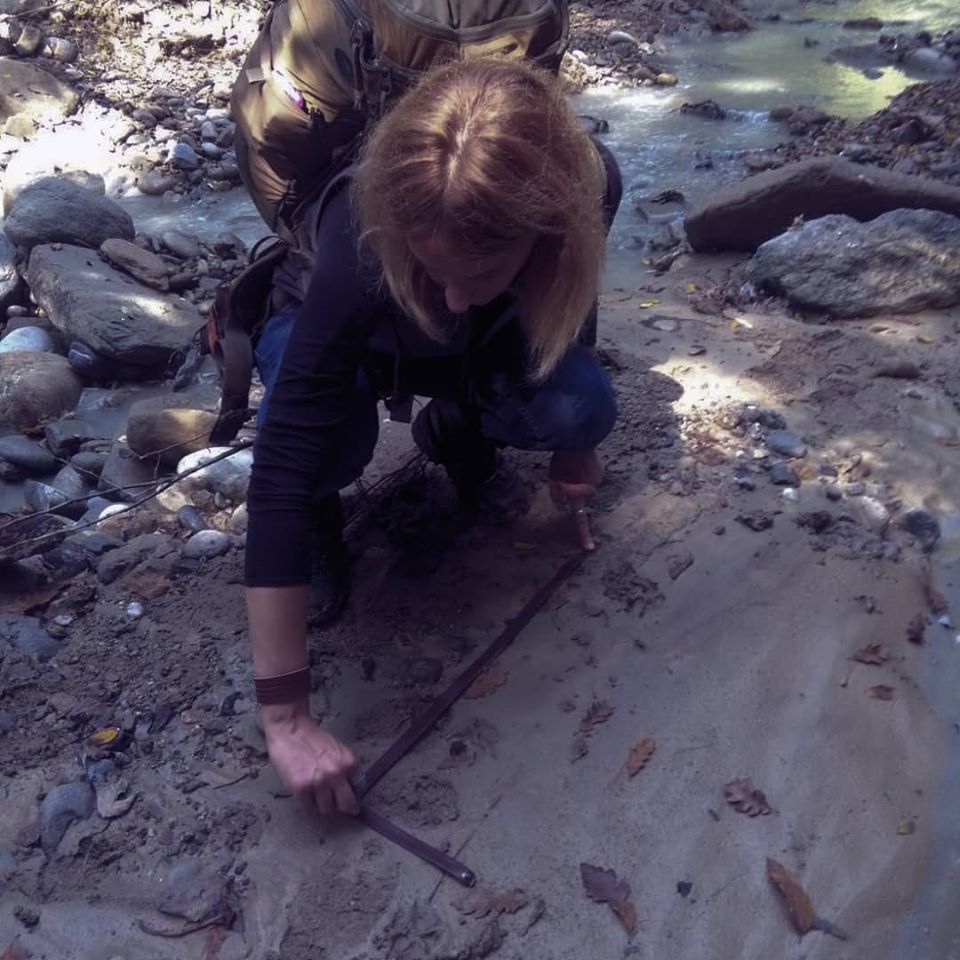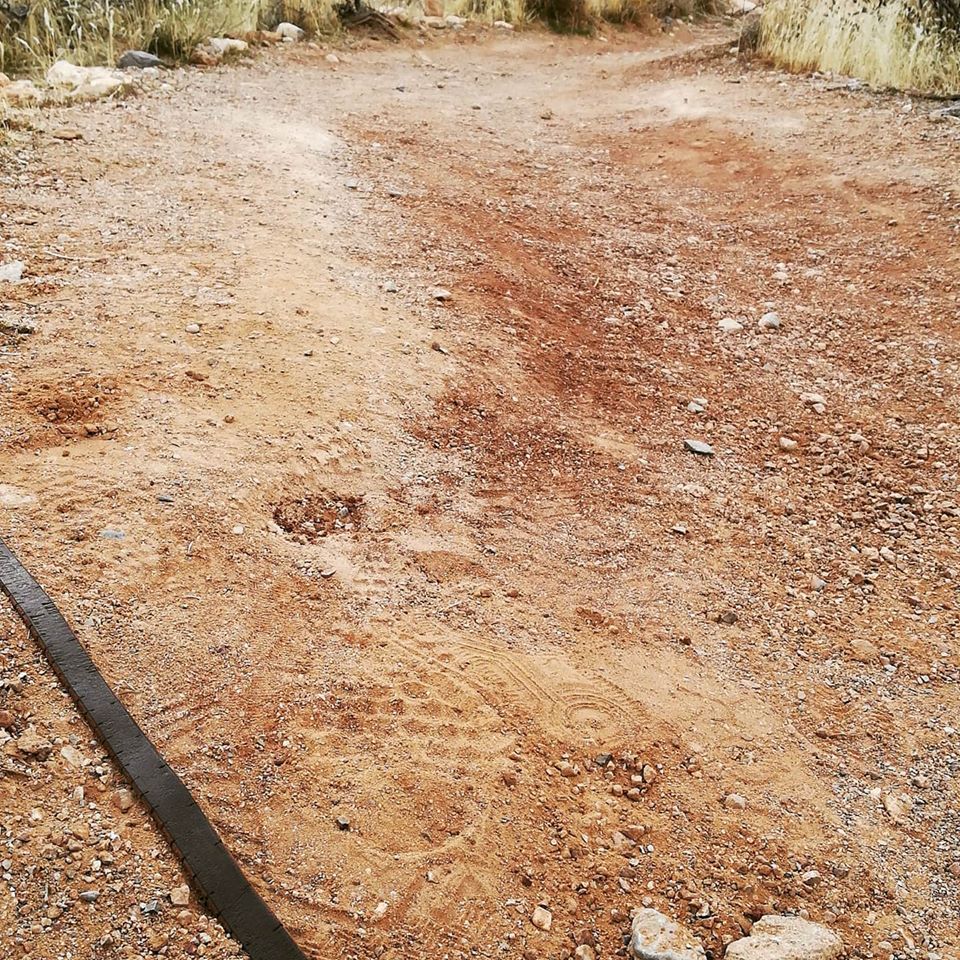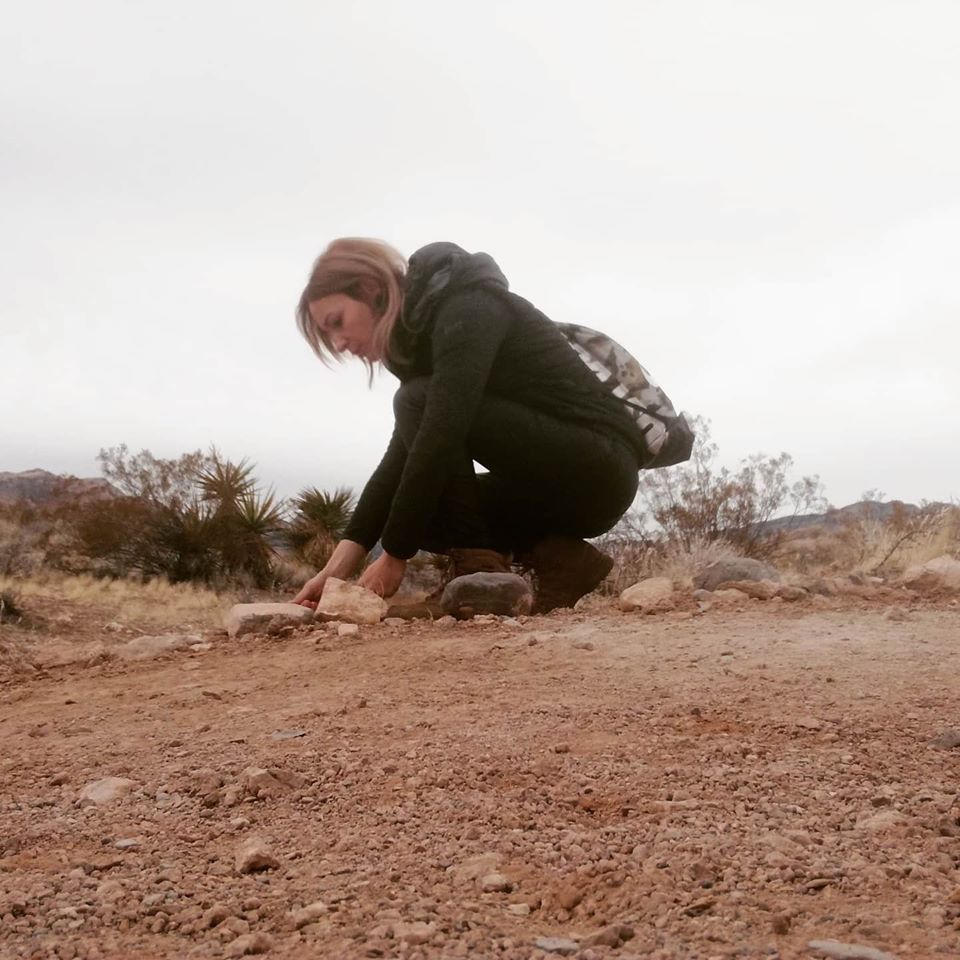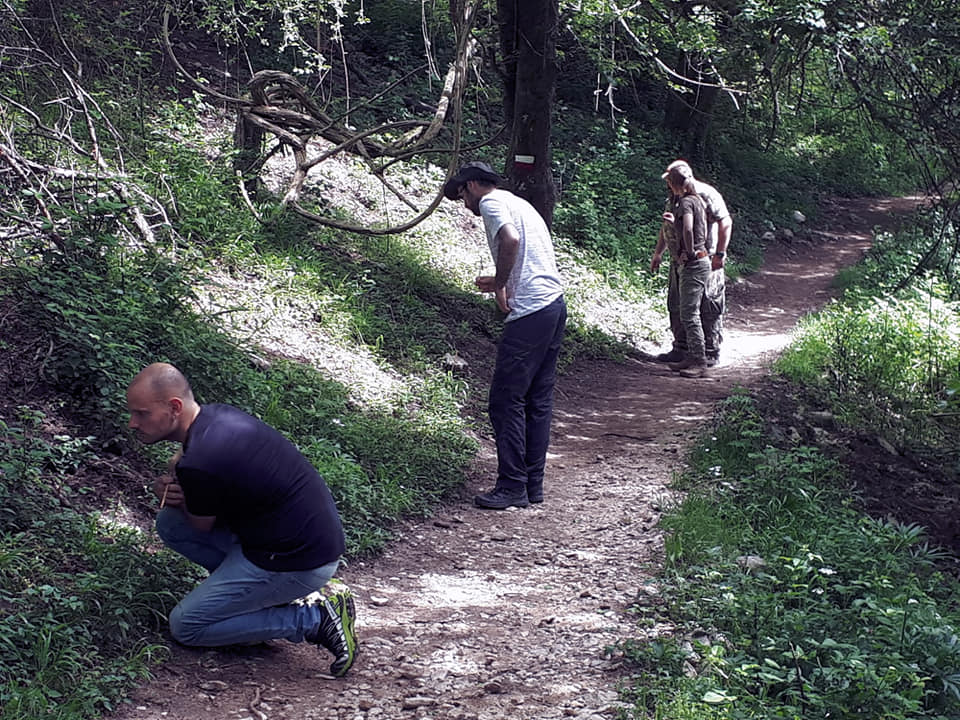by Kyt Lyn Walken
Kyt Lyn Walken is the official European representative and instructor for Hull’s Tracking School (Virginia, USA), and she is a certified Conservation Ranger for C.R.O.W. (Conservation Rangers Operations Worldwide). She has been an outdoors and tracking enthusiast since childhood. Kyt lives and works in Europe even if she often travels overseas, and can be contacted at man-tracking.com

Any worst case scenario has its own features and what we can actually define ” rules of engagement “. Prohibitive weather conditions, lack of proper gear, absence of cardinal points or unavailability of connection for mobile phones (or GPS): if we add to that an inadequate preparedness we can easily find ourselves abandoning soon every hope to get out sound and safe.
I am pretty sure that all the readers of YEAR ZERO SURVIVAL have not only the proper skills to face quite any kind of challenge and adversity, but, most remarkable thing, they can count on an ideal mindset to do that.
As I often stress with my Students during Basic Tracking Classes, the starting point is ATTITUDE, which is strictly connected to MINDSET. The vanishing point is to give up. I know no Skills in which you can’t apply this perspective. The Art of Tracking makes no difference in that.
Our choices are always driven by our mindset and we gain benefits from them, if applied in the right moment and in the correct context. Personally speaking, I have been an Outdoor enthusiast all my life, but the needing of learning how to face an ongoing bad situation (and, consequently, how to fix it) came only with my mature age when I understood that accidents in life can easily happen. My approach to the Art of Tracking just crossed the same path, as from a young girl fascinated by those Native Americans in Western Movies I turned to be into an individual who deeply matured in her heart and mind the willing to learn how to read and follow tracks.

Necessity plus curiosity can spark, if united. So happened in my very own case, I can tell you. The critical point is: why should a person start to look at the ground, especially in an emergency situation? People who approach my classes often ask me that.
The answer is far away than being.. unphanthomale! Because the ground (and, sequentially, the entire environment you are in) provides us ALL the information we need to get out from a tough situation.
Search and Rescue Teams do know it very well, especially those who can count on the presence of Trackers inside their groups.
Trackers are not special breed persons. They didn’t deal with any Voodoo during their childhood and they are not guided by any Supernatural force when they inspect the ground to gain important information. They just rely on simple facts, and on Science. Their task is to read the ground, interpret what they see and follow the tracks which are of their interest. They collect clues (which are precious data for them) and put all the pieces together. In this manner, they can disclose how many persons passed on a specific trail, at what time, if they were carrying loads and so on.
Again, if they were women and/or men, if any animal passed before or after them, if anything relevant happened. I am talking of an unbelievable amount of information, I know.
If this can sound to you a bit odd, I recommend to do your researches on internet. A lot of cases – murders, mass killings and so on – have been solved applying the Art of Tracking. Yosemite Murders and Oklahoma City Bombing, both occurred in 1995, just to mention a couple.
Any disappearing in the woods can be handled through the application of the Art of Tracking, which happens to be extremely effective even if she comes straight from Primitive Era. Technological developments, in fact, seem to have no effects in successfully replacing the feasibility of this skill, anytime, any place. And surely I am not the only one who claims that!

Equally speaking, becoming a Tracker can be extremely useful if you find yourself lost, especially if you have no GPS and the connection is totally off.
Being stranded can surely be a good way to test your Survival (and Bushcraft, why not?) abilities, but we can’t ignore our very first instinct: move along before the darkness come, search for help. In few words, come back sound and safe.
Reading the tracks of other people on ground, for example, can lead you to a safe place: a parking area, the next road, and so on. No doubt you need to be almost very good in that, principally if the soil is clearly tough to read to the presence of rocks, gravel, leaves, grass and so on. Sandy and muddy soils are certainly precious aids in locating the trail to follow: on them, in fact, we can clearly see the outline of footprints.
Considering the case you are an experienced Tracker, backtracking yourself will be probably your very first choice. You may be familiar with your stride (the total length of your pace, measured from heel of left footprint to heel of right, or from toe to toe) and you know how to recognize the pattern (the design) of your boots.

Sounds easy, right? You can’t be more wrong. In fact, to reach even the lowest level of being a proficient Tracker, you should have gained experiences in years and years of “dirt time on ground” (as defined by Tracking’s terminology).
Every skill that can save your life requires that, and the ancient (and still so valuable!) art of reading, interpreting and following Tracks makes no exception.
